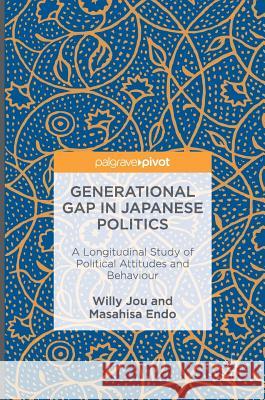Generational Gap in Japanese Politics: A Longitudinal Study of Political Attitudes and Behaviour » książka
topmenu
Generational Gap in Japanese Politics: A Longitudinal Study of Political Attitudes and Behaviour
ISBN-13: 9781137503404 / Angielski / Twarda / 2016 / 139 str.
Generational Gap in Japanese Politics: A Longitudinal Study of Political Attitudes and Behaviour
ISBN-13: 9781137503404 / Angielski / Twarda / 2016 / 139 str.
cena 242,07
(netto: 230,54 VAT: 5%)
Najniższa cena z 30 dni: 231,29
(netto: 230,54 VAT: 5%)
Najniższa cena z 30 dni: 231,29
Termin realizacji zamówienia:
ok. 22 dni roboczych
Bez gwarancji dostawy przed świętami
ok. 22 dni roboczych
Bez gwarancji dostawy przed świętami
Darmowa dostawa!
After decades of stable and seemingly semi-permanent single-party dominance, Japanese politics have gone through fundamental changes since the early 1990s.











